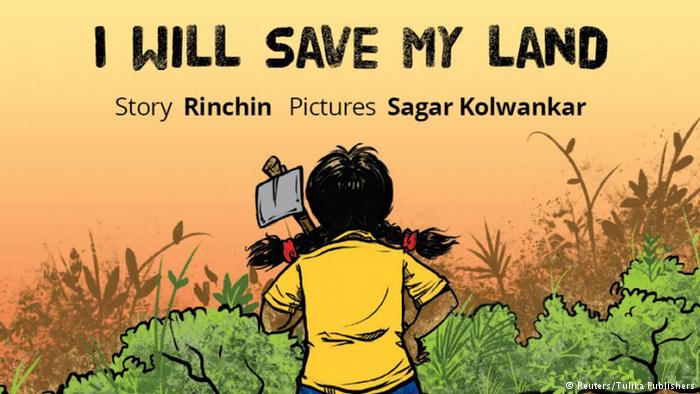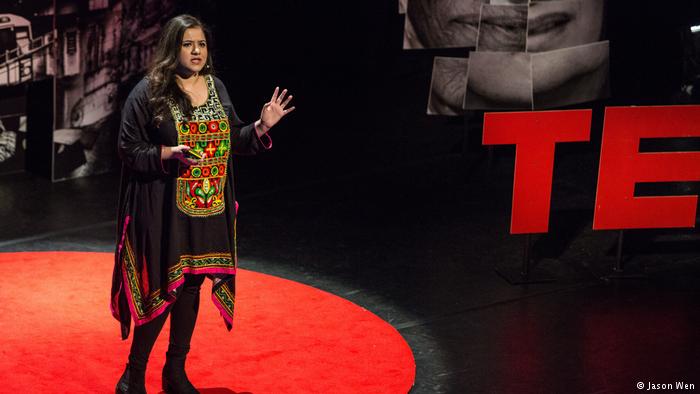Inspirational women in science
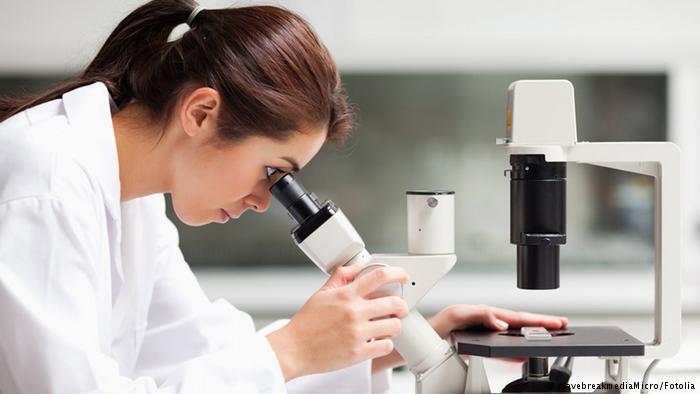 Many women have provided a rich source of inspiration for young scientists – both male and female – down the years. They’ve made remarkable discoveries, often despite ingrained sexism within their chosen field.
Many women have provided a rich source of inspiration for young scientists – both male and female – down the years. They’ve made remarkable discoveries, often despite ingrained sexism within their chosen field.
Poet’s daughter with a new language
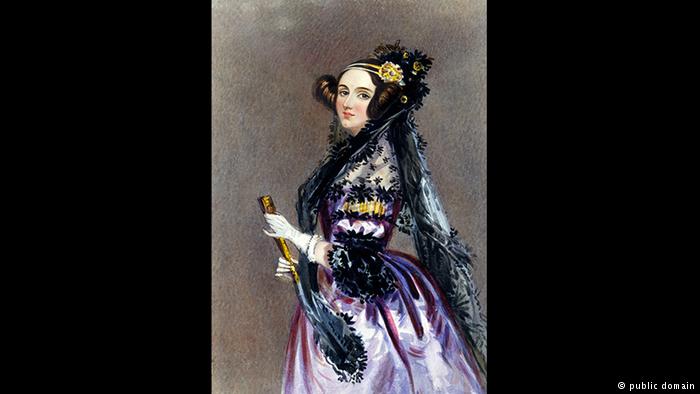 Born in 1815, Ada Lovelace was the daughter of the famous poet Lord Byron. A gifted mathematician, she is said to have written instructions for the first computer program in the mid-1800s. She is considered the first person to realize that computers, still not a reality, had potential beyond mere calculation. Lovelace is known chiefly for her work on Charles Babbage’s proposed “Analytical Engine.”
Born in 1815, Ada Lovelace was the daughter of the famous poet Lord Byron. A gifted mathematician, she is said to have written instructions for the first computer program in the mid-1800s. She is considered the first person to realize that computers, still not a reality, had potential beyond mere calculation. Lovelace is known chiefly for her work on Charles Babbage’s proposed “Analytical Engine.”
A giant in two fields
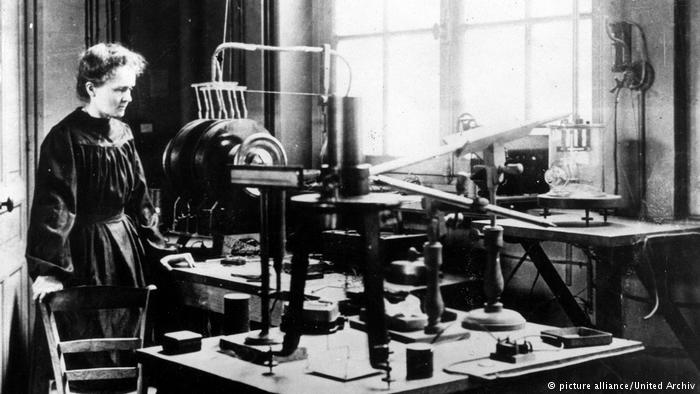 Marie Curie was the first woman to win a Nobel Prize. Not only that, she was the first person to win one twice. Born in Warsaw in 1867, she became a naturalized French citizen. Curie shared the 1903 Nobel Prize in Physics – for research on radiation phenomena – with husband Pierre and physicist Henri Becquerel. She won the 1911 Nobel Prize in Chemistry for discovering radium and polonium.
Marie Curie was the first woman to win a Nobel Prize. Not only that, she was the first person to win one twice. Born in Warsaw in 1867, she became a naturalized French citizen. Curie shared the 1903 Nobel Prize in Physics – for research on radiation phenomena – with husband Pierre and physicist Henri Becquerel. She won the 1911 Nobel Prize in Chemistry for discovering radium and polonium.
Unwinding the double helix
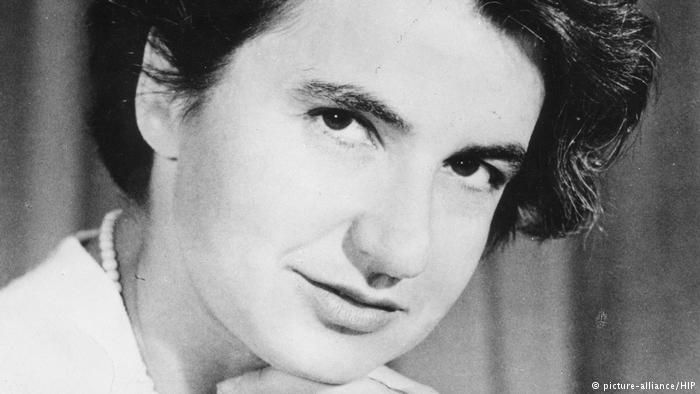 Rosalind Franklin never received a Nobel Prize, although many believe she should have. Biophysicist Franklin was an X-ray crystallographer whose practical work was heavily relied upon by James Watson and Francis Crick in their discovery of the DNA double helix, which won the Nobel prize for medicine. By the time the prize was awarded, Franklin had died of ovarian cancer.
Rosalind Franklin never received a Nobel Prize, although many believe she should have. Biophysicist Franklin was an X-ray crystallographer whose practical work was heavily relied upon by James Watson and Francis Crick in their discovery of the DNA double helix, which won the Nobel prize for medicine. By the time the prize was awarded, Franklin had died of ovarian cancer.
Insight into insulin
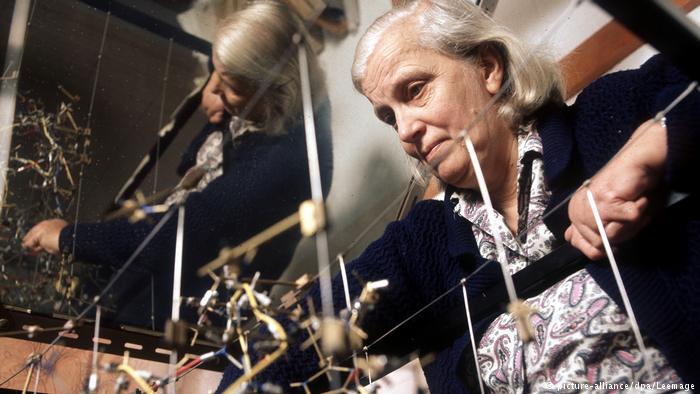 British biochemist Dorothy Hodgkin was a contemporary of Franklin, and the two shared their expertise with one another. Hodgkin developed crystallography techniques to give an insight into the structures of biomolecules and won the Nobel Prize in Chemistry in 1964, becoming the third woman to do so. Five years after winning, Hodgkin was the first person to decipher the structure of insulin.
British biochemist Dorothy Hodgkin was a contemporary of Franklin, and the two shared their expertise with one another. Hodgkin developed crystallography techniques to give an insight into the structures of biomolecules and won the Nobel Prize in Chemistry in 1964, becoming the third woman to do so. Five years after winning, Hodgkin was the first person to decipher the structure of insulin.
A cellular fountain of youth?
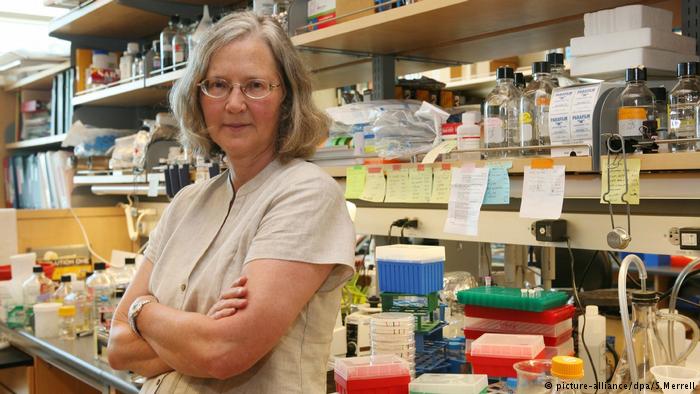 Australian-American Elizabeth Blackburn won the Nobel Prize for Physiology/Medicine in 2009 for her work on telomeres – the protective tips that lie at the end of our chromosomes. Blackburn co-discovered the enzyme telomerase, which allows telomeres to be replenished. Telomerase allows cells to go on dividing, so it appears to influence aging and could have implications in cancer research.
Australian-American Elizabeth Blackburn won the Nobel Prize for Physiology/Medicine in 2009 for her work on telomeres – the protective tips that lie at the end of our chromosomes. Blackburn co-discovered the enzyme telomerase, which allows telomeres to be replenished. Telomerase allows cells to go on dividing, so it appears to influence aging and could have implications in cancer research.
Shedding light on chimp life
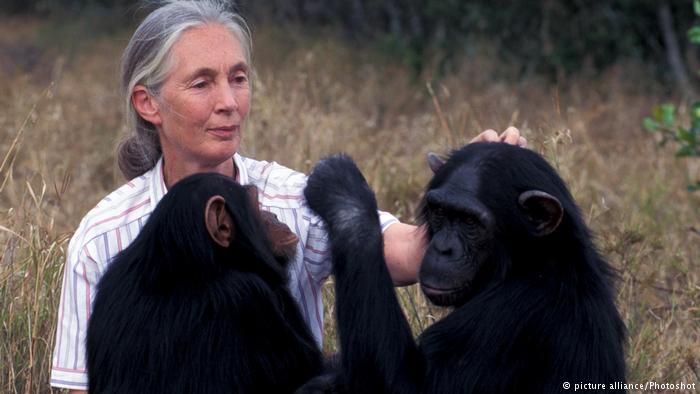 British primatologist Jane Goodall is considered the world’s leading expert on chimpanzees and has spent decades studying the social and family interactions of wild chimpanzees in Gombe Stream National Park in Tanzania. She came up with names for many of the animals, drawing criticism from some who accused her of anthropomorphizing.
British primatologist Jane Goodall is considered the world’s leading expert on chimpanzees and has spent decades studying the social and family interactions of wild chimpanzees in Gombe Stream National Park in Tanzania. She came up with names for many of the animals, drawing criticism from some who accused her of anthropomorphizing.
‘The lady of the cells’
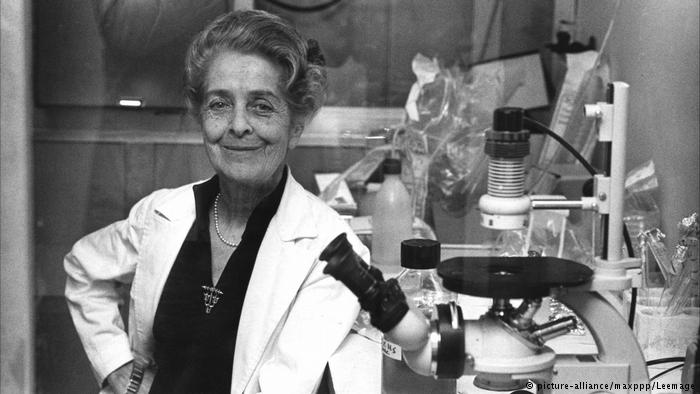 Born in Italy in 1909, Rita Levi-Montalcini had her career cut short by Benito Mussolini’s laws banning Jews from academia. Undeterred, she he set up a lab in her bedroom and studied the growth of nerve fibers in chicken embryos. After the war, she worked in St. Louis, where she isolated Nerve Growth Factor from cancer tissues. She shared a 1986 Nobel Prize for that with colleague Stanley Cohen.
Born in Italy in 1909, Rita Levi-Montalcini had her career cut short by Benito Mussolini’s laws banning Jews from academia. Undeterred, she he set up a lab in her bedroom and studied the growth of nerve fibers in chicken embryos. After the war, she worked in St. Louis, where she isolated Nerve Growth Factor from cancer tissues. She shared a 1986 Nobel Prize for that with colleague Stanley Cohen.
Neutron stars and green men
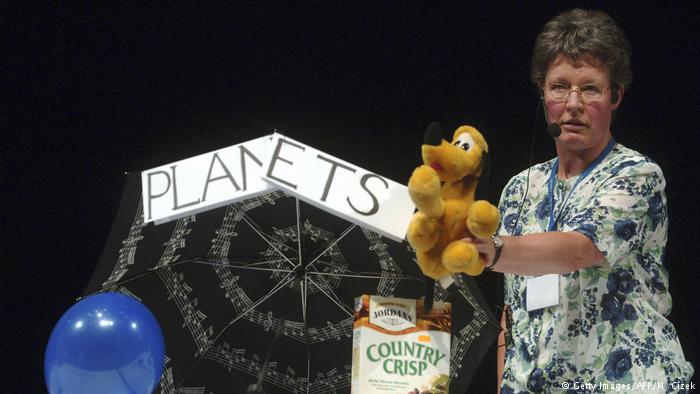 In 1967, Northern Irish physicist Jocelyn Bell Burnell discovered a signal that pulsed at a regular rate. The signal, detected by rediotelescope, was dubbed the “little green man.” It turned out not to be alien communication, but a rapidly spinning neutron star – the first “pulsar” to be detected. In 1974, her supervisor jointly won a Nobel Prize for pulsar work. Bell Burnell was not a recipient.
In 1967, Northern Irish physicist Jocelyn Bell Burnell discovered a signal that pulsed at a regular rate. The signal, detected by rediotelescope, was dubbed the “little green man.” It turned out not to be alien communication, but a rapidly spinning neutron star – the first “pulsar” to be detected. In 1974, her supervisor jointly won a Nobel Prize for pulsar work. Bell Burnell was not a recipient.
Author: Richard Connor
_____
Women in science – more complex than men think
Of the 900 Nobel Prizes since 1901, only about 50 have gone to women. This has nothing to do with women’s abilities as scientists. The problem is, there are still far too few women doing science. (From June 28, 2016)
‘Being a mom makes me a better scientist’
At 36, Dr. Asel Sartbaeva, one of Central Asia’s first internationally-recognised female scientists, is completely focused on developing a technology through which life-saving vaccines can be transported at minimal cost. (From May 15, 2015)
Tech Needs Girls: equipping Ghanaian girls with IT skills
Learning about technology and practical science can help children develop into critical thinkers. That is according to a young Ghanaian entrepreneur who encourages girls as young as six to develop technology skills. (From March 27, 2015)




